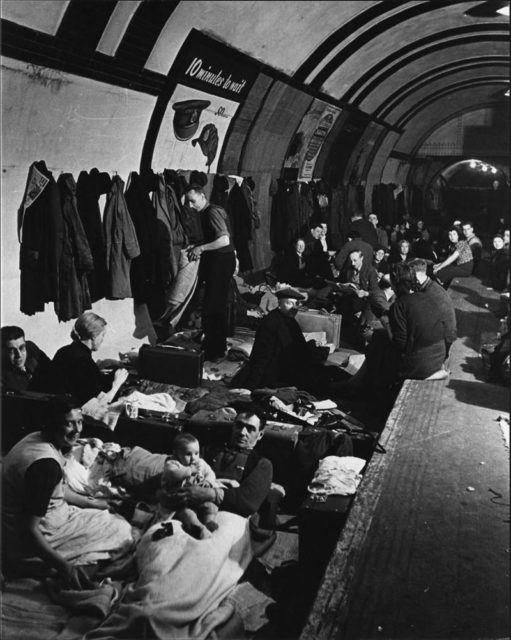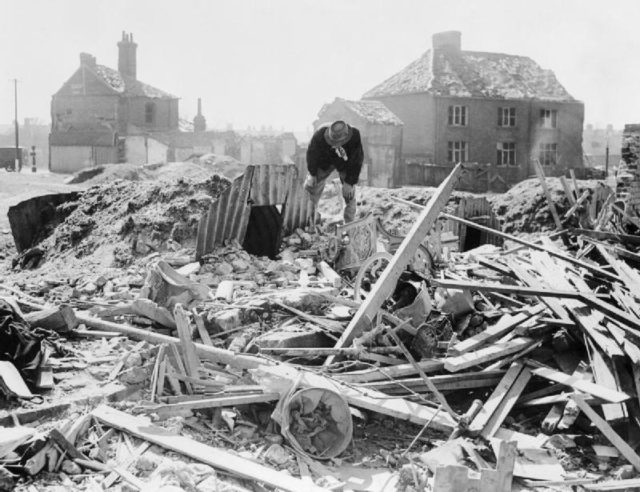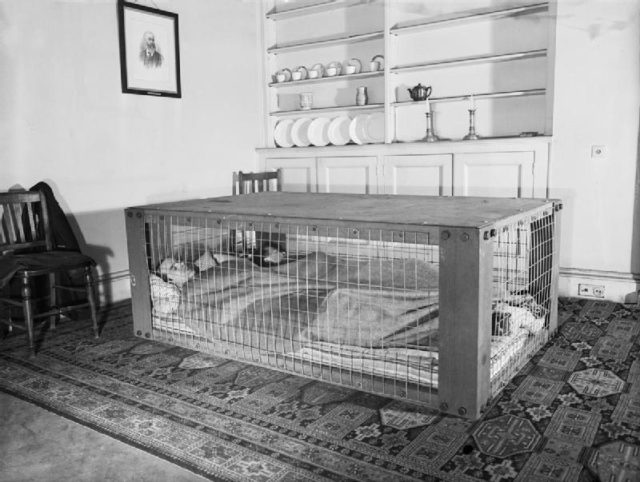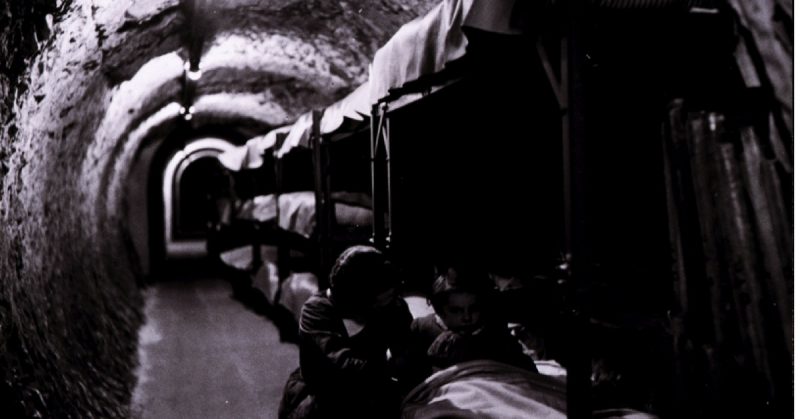Bomb shelters were unnecessary until the 20th century when warfare evolved to aircraft, and falling bombs became a threat. A bomb shelter is not intended to be used as protection against a ground attack, although it can work in some cases. During the first few decades of the 20th century, not much progress was made regarding bomb shelters. It was in WWII that they really began to change and evolve, as researchers looked for the most efficient construction to save the most lives.
Pre-Existing Shelters
At first, makeshift bomb shelters were created by people using whatever was available – cellars or basements. However, they were unsuccessful as, in some cases, the occupants became trapped by fire or when a building collapsed around them. Also, there were also recorded deaths due to heat stroke and carbon monoxide poisoning.
Others used subways or railway arches. It was popular for London Underground Stations to be used as shelters for the public. However, the government was concerned about using them as they often promoted the spread of disease. The tube stations were not equipped to deal with so many people staying in them as there were no safety features. Plus, the government feared many individuals were tempted to stay permanently in the stations, as it made them feel safer than going about their daily lives.
British citizens defied government policies, though, and took to the stations despite disapproval. During enemy attacks, they flocked en masse to tube stations, with bedding and food, prepared to stay as long as they needed to. The police would not remove them, and many station managers supported them.
The widespread disobedience forced the government to change its policies. They closed parts of the lines, and nearly 80 stations were fitted with bunks for around 22,000 people, proper toilets, medical facilities and more.

The German Bomb Shelter
The Germans devised “Hochbunkers” – high-rise bunkers or blockhouses which were unique to them. They were built mostly in areas with a large population and were considered 100% safe during a bombing. They were made with concrete and were several stories tall. They were specially designed to maintain a comfortable temperature. During and after the war, they were used to store important documents, pieces of art and sensitive scientific work. Some were quite ornately designed and had appealing aesthetic features. Many were converted into a variety of public buildings, from schools to hotels.
Shelters within Britain
Britain built street shelters for pedestrians, drivers and anyone else who happened to be out and about during an air raid. They were constructed by the government and consisted of brick and concrete. They were similar to but much larger than the private shelter’s families had within their own yards. Each could fit about 50 people and had sectioned off sleeping quarters with six beds per quarter.
Unfortunately, the shelters did not hold up very well in the initial air raids, and there were instances of roofs caving in. Also, rumors abounded of flooding within the shelters. The government made improvements but reinforced their stance that families should build their own private shelters as much as possible.

Private Bomb Shelters
The Anderson shelter was a private bomb shelter that was popular. Made from steel panels, they could accommodate up to six people. They were sunk into the ground and covered with a layer of dirt. Many families planted flowers and vegetable gardens on top of their shelters. The interior of the shelter could be decorated and outfitted in any way the family pleased, allowing them to create a more comfortable environment for themselves.
The government issued shelters for free to people who could not otherwise afford them. Almost 4 million were constructed.
The Anderson shelters performed well during air raids. They could endure blasts or shocks and were able to absorb energy without falling apart.
However, they were terribly cold and damp in the winter and could flood when it rained. Another option was required.
The Morrison shelter was intended to be used indoors. It was about 6 feet long, 4 feet wide and 2 feet high with a steel plate on the top, wire sides and a metal bottom. It had 400 parts, and the owner had to put it together.
The Morrison shelter was not meant to withstand a direct hit, but rather to save the occupants’ lives if a house was destroyed during a bombing. It was made to withstand a house collapsing in on itself. The design enabled a family to sleep inside it at night and was big enough to be used as a table during the day. About 600,000 were distributed.

Modern Bomb Shelters
There are still bomb shelters around the world, although most people do not think of there being a need for them.
In Switzerland, most houses are built to include bomb shelters. Those that do not have one are required to provide directions to the nearest one.
In Finland, houses larger than 6,500 square feet are required to have a bomb shelter. In total, Finland has enough bomb shelter capacity to protect more than 70% of the population. Also, each shelter is required by law to have a list of items contained within it.
